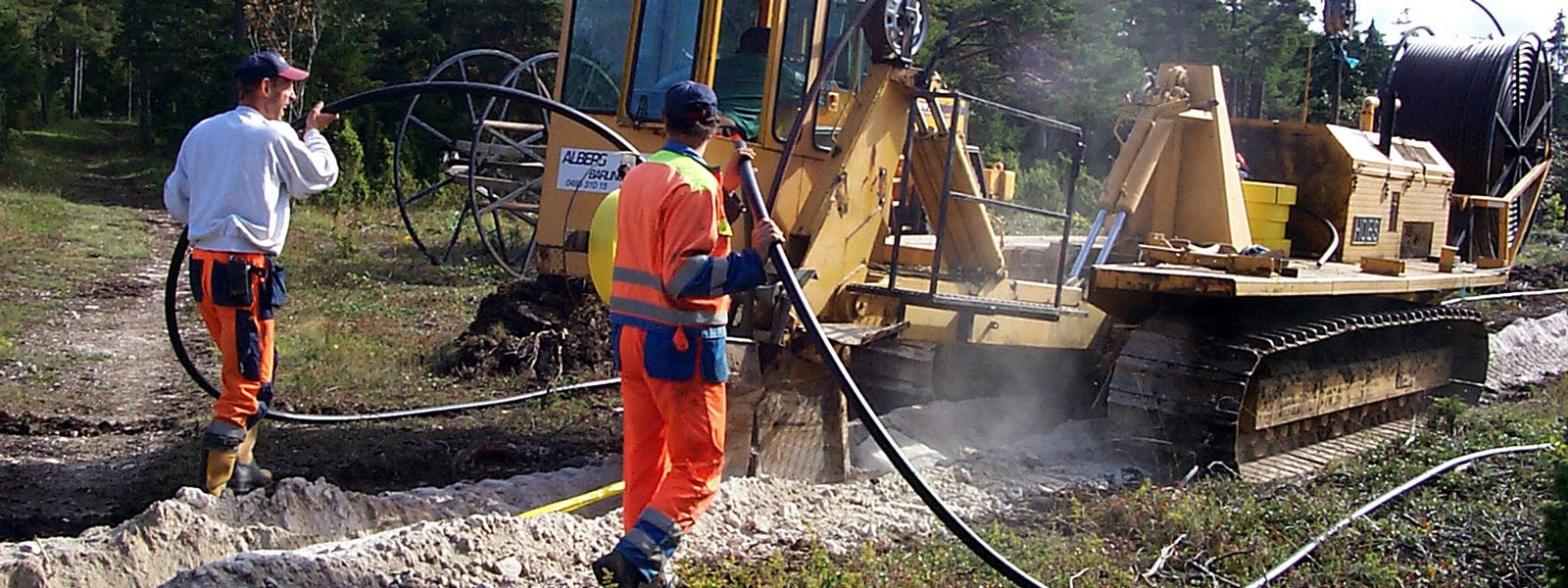
GotLight, Sweden
Breezy southern Gotland was an early favorite for wind power. By the late 1990’s, the Swedish island had an installed wind power capacity of 40 MW (megawatt). To cope with additional wind power generation, the island grid needed an improved way of maintaining power quality.
- References
- GotLight, Sweden
Key Facts
Scope
The project
An efficient and qualified solution was needed to increase the power transmission capacity.
The solution
An innovative HVDC transmission link consisting of two 70 km long polymeric insulated underground cables.
Loading...




